Build a Homeowner’s Tool Kit with These Essential Hand Tools
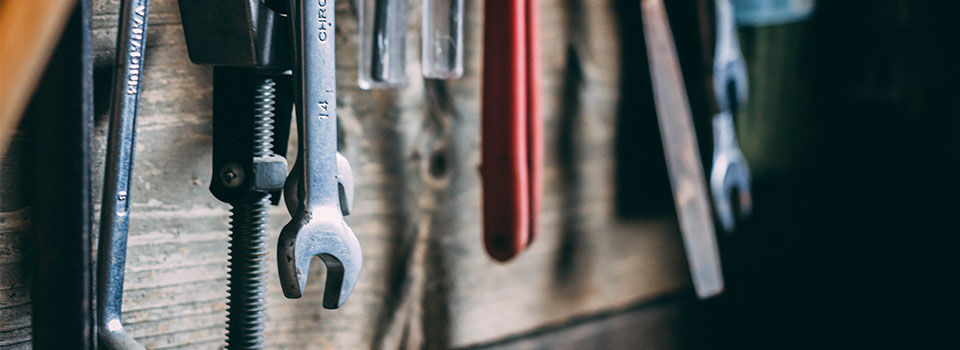
Even if you don't consider yourself handy, you'll likely face a few repairs as soon as you buy your first home. A basic homeowner's tool kit will help you tackle little fixes and household emergencies.
But what are the tools every homeowner needs in their kit? Are there essential hand tools that you should own to cover your bases? At Do It Best, we carry all the hand tools you need for minor repairs—leaking pipes, squeaky doors, and everyday fixes that pop up around the house.
What Are the Essential Tools for Home Repair?
The first rule of any project is to have the right tools. Keeping a small kit of hand tools stashed in your cupboard or pantry will ensure you’re prepared ahead of a minor repair.
Now, what about home tool kits and starter tool sets? While these sets provide a solid foundation with the basic essential tools, it's also beneficial to put together your own homeowner tool kit (or add a few additional items). Why? Sometimes preassembled sets might not include the size or quality of certain essential tools.
You’ll also need a quality toolbox or tool storage bag to help you keep your hand tools organized and safe. Moisture and dust can dull hand tools, damage wooden handles and foam grips, and eventually wreck your tools, so storing them in a protective container is important. Not only will proper storage help your homeowner tool kit last longer, but it also makes finding the right tool for the job and transporting it much easier.
Once you have your toolbox or bag, you can fill it with your new homeowner's tool kit. Here are the tools every homeowner needs to help you get started.
Measuring Tools
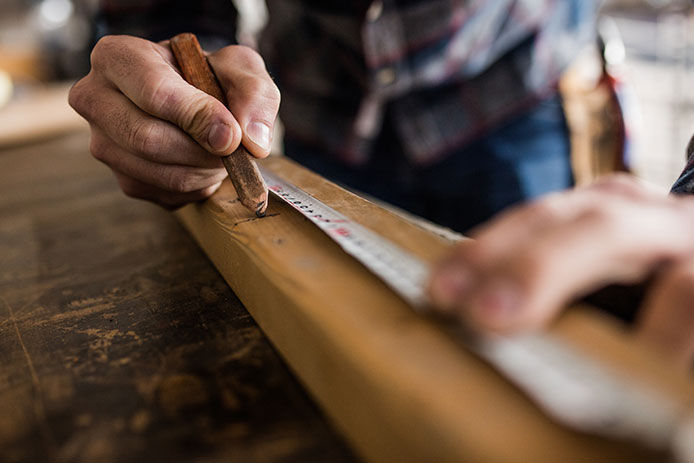
If you want professional results from any DIY project, careful measuring is the secret to success. We all think that "eyeballing" a project is easy, but by using measuring tools, you'll get an aesthetically pleasing, accurate, and less-wasteful result. So, whether hanging picture frames or cutting quarter-round, you'll need measuring tools.
So which tools do you need in your starter tool kit? A measuring tape is a good start, but it’s not the only measuring tool every homeowner needs. A simple yardstick or 3-foot-long straight edge is invaluable for quick measurements and lining up edges. Add a speed square to your homeowner’s tool kit to quickly measure angles or cut accurate edges for projects like replacing a door trim or repairing a deck.
Personal Protection Equipment (PPE)
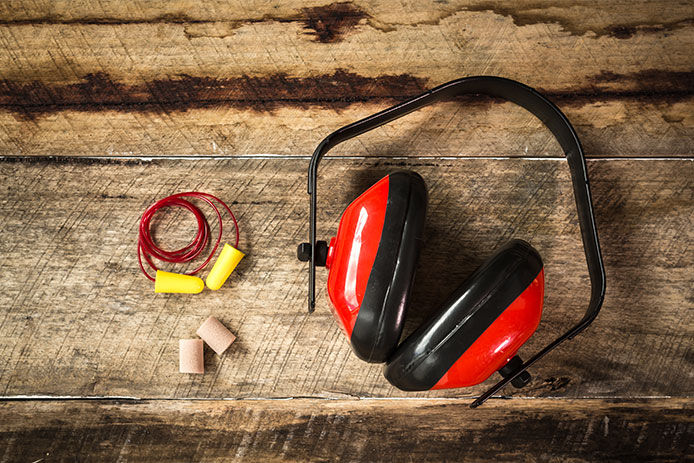
No matter the DIY project, safety should always be the top consideration. Using the right protection is vital. The best way to ensure you’ll actually use protective equipment is to store it right in your homeowner’s tool kit.
What PPE do you need in your starter tool kit? Everyone should have a comfortable set of safety glasses, construction-rated earplugs, and basic dust masks. If you use power tools like saws and sanders, upgrade to safety goggles, over-the-ear protection, and an NSF-rated respirator. Keep a pair of work gloves handy as well. The right safety accessories will keep you DIY-ing without worry or injury.
A Multipurpose Hammer
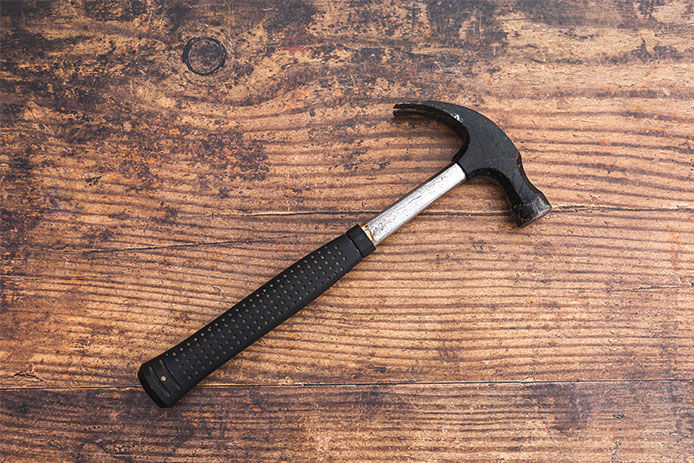
A classic hammer is one of the most essential hand tools in your kit. Hammers are useful for hanging items, repairs, and prying up old nails and staples. Almost every homeowner’s tool kit needs a good, reliable hammer.
If you're setting up your starter tool kit and exploring the selection of hammers at Do it Best, you may get a bit overwhelmed. There are so many hammers to choose from! Stick to general-use and multipurpose claw hammers to start. Find a hammer light enough to swing comfortably but strong enough to drive a nail into a board with a full strike. A 1-lb (16-ounce) model will work well for most chores. However, you may need a weightier tool for heavy-duty jobs like deck or roof repair.
Screwdrivers
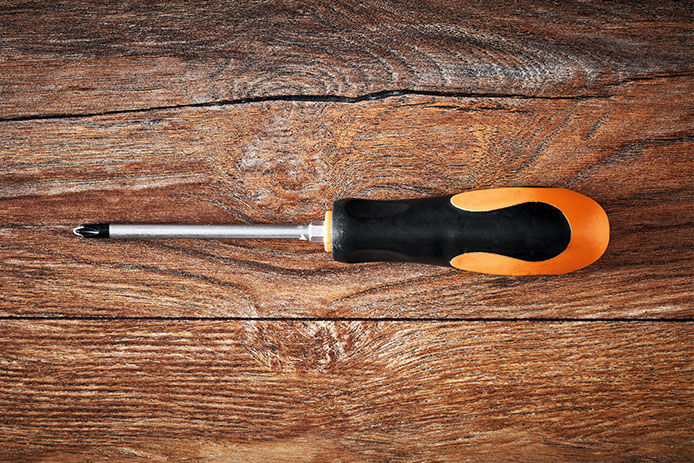
Every starter tool kit needs to have a screwdriver. A basic screwdriver with interchangeable tips is one of those essential tools every homeowner needs. But if you’re building out your tool kit, you may want to invest in an entire set of screwdrivers offering various sizes and styles.
Standard slotted screws have a single straight slot across the top, while Phillips head screws have an X-shaped head design. The best hand tool set should have drivers ready for both types. You should also consider adding Allen wrenches, a hex key set, or hex-head adapters to your kit. The best screwdriver sets will have several sizes, including #1, #2, and #3 drivers, to fit most fasteners in the home.
Several Pairs of Pliers
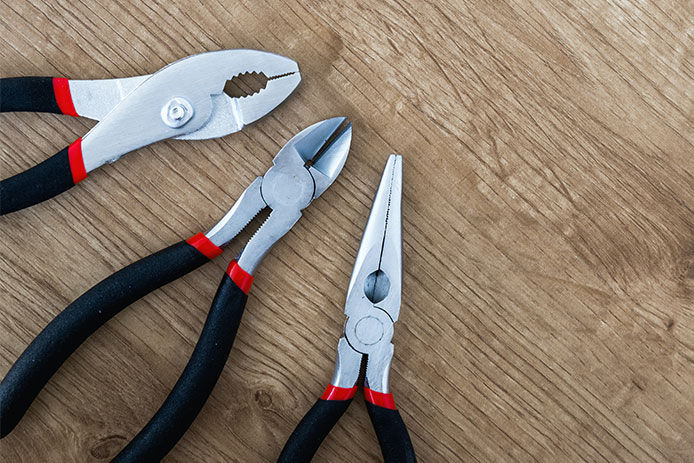
While you don’t need a huge variety of pliers, you should have at least three different types in your basic homeowner’s tool kit. The most versatile plier is a needle-nose type. Look for a pair that's 6-8 inches long. The pointed tip is excellent for grabbing small items and working with fine wires.
You should look for a set of groove joint pliers of 10 inches or greater in length. This plier size will offer a firm grip on round objects (like pipes) without damaging or crushing them. Finally, include a pair of locking pliers in your homeowner's tool kit. An 8-inch set of locking pliers is the most versatile—adjust to get a grip and the lock in place for leverage. Locking pliers also are helpful as vise grips or clamps to keep materials together as they dry or seal.
A Quality Wrench (or a Few)
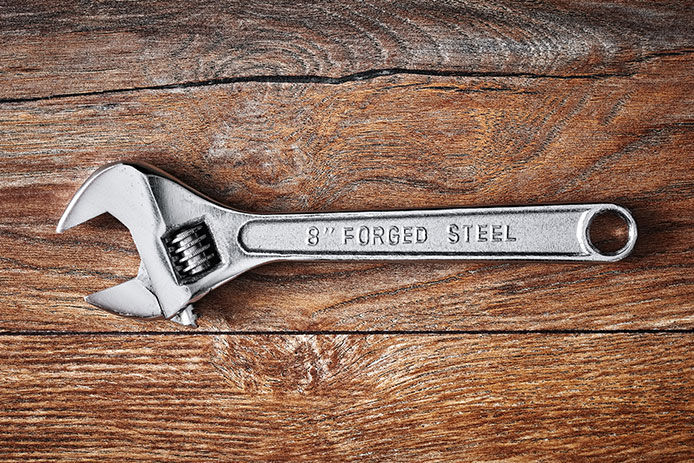
A wrench is a classic hand tool that every homeowner needs in their kit. Look for an adjustable wrench that will cover most common household tasks. You can use the wrench to turn pipes, tighten fittings, and even loosen stubborn materials.
When deciding on a wrench, look for one that’s solid and high-quality. The wrench should be easy to adjust, but it needs to stand up to torquing forces (which can fracture lesser models). Keep a few wrench sizes in your homeowner’s tool kit, and you’ll be prepared to tackle any task.
A Level
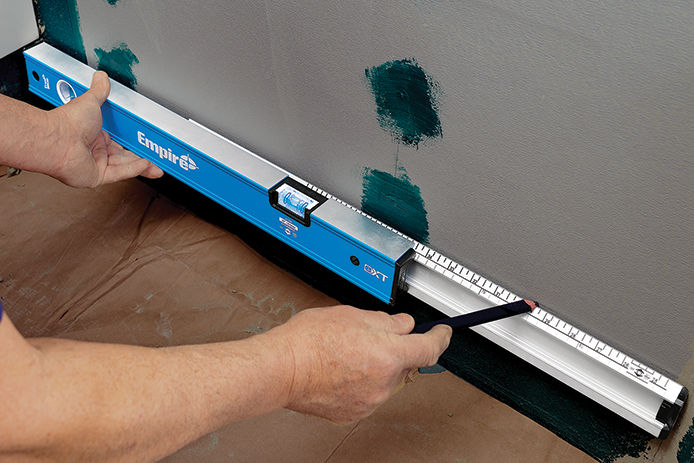
Another essential item in your homeowner's tool kit is a level. Whether installing cabinets, building a deck, or simply hanging photos on the wall, a level will ensure you get the best results. Levels help you hang items perfectly straight, measuring the level (horizontal plane) and plumb (vertical plane) of your project.
Choosing a level is easy. Levels come in various types and sizes, but generally, a small, 10-12-inch level will fit perfectly in any homeowner's tool kit and help you tackle most household projects. You may need to scale up to a larger level for a bigger project.
A Socket Set

Socket sets are among the essential tools for home (and car) owners. Socket sets help you assemble (or disassemble) an item with nuts and bolts. Often you may think of socket sets used for car repair—to remove car tires, but they also have many household uses.
Socket sizes are often listed in the metric (millimeters) or the imperial system (inches). You never want to get stuck without the right size, so it's important to look for a socket set that includes both. You'll also want to find a socket set with a quality ratchet handle and extension bar—for nuts in hard-to-reach spaces.
A Utility Knife

As you’re outfitting your homeowner’s tool kit, you should never underestimate the importance of a quality utility knife! A utility knife is an extremely simple cutting tool that will likely be one of the most-used items in your home toolbox.
What does a utility knife do? From opening boxes to cutting carpet edges or repairing drywall, you’ll be reaching for this tool time and time again. Because their blades are razor sharp, you'll want to choose a utility knife that offers safety features such as lockable positioning (and always handle them while wearing protective gloves). Be sure to pick up spare blades as well because some materials (drywall, for example) can dull them quickly.
Get the Most Out of Your Essential Hand Tools
The key to building a homeowner's tool kit that's useful is to keep it organized and accessible. If you store your tool kit in the garage or shed, keep it somewhere dry and safe, or the tools can rust and degrade. Plus, when facing an emergency, you may need to grab a tool quickly (not sort through boxes in the garage).
Store your homeowner's tool kit in a front closet, cupboard, pantry, or anywhere you can get to it immediately. Be sure that your storage box is large enough for future expansion too. As you build your confidence in DIY household projects, you'll likely need to add additional tools to your kit.
Consider including disposable rags, gloves, and cleanup tools near your homeowner's tool kit for maximum preparedness. You never know when you'll face a mess or a home repair, but when you've stocked your homeowner's tool kit, you'll rest easy knowing you're ready! You can find everything you need to complete your homeowner hand tool starter kit here at Do it Best.